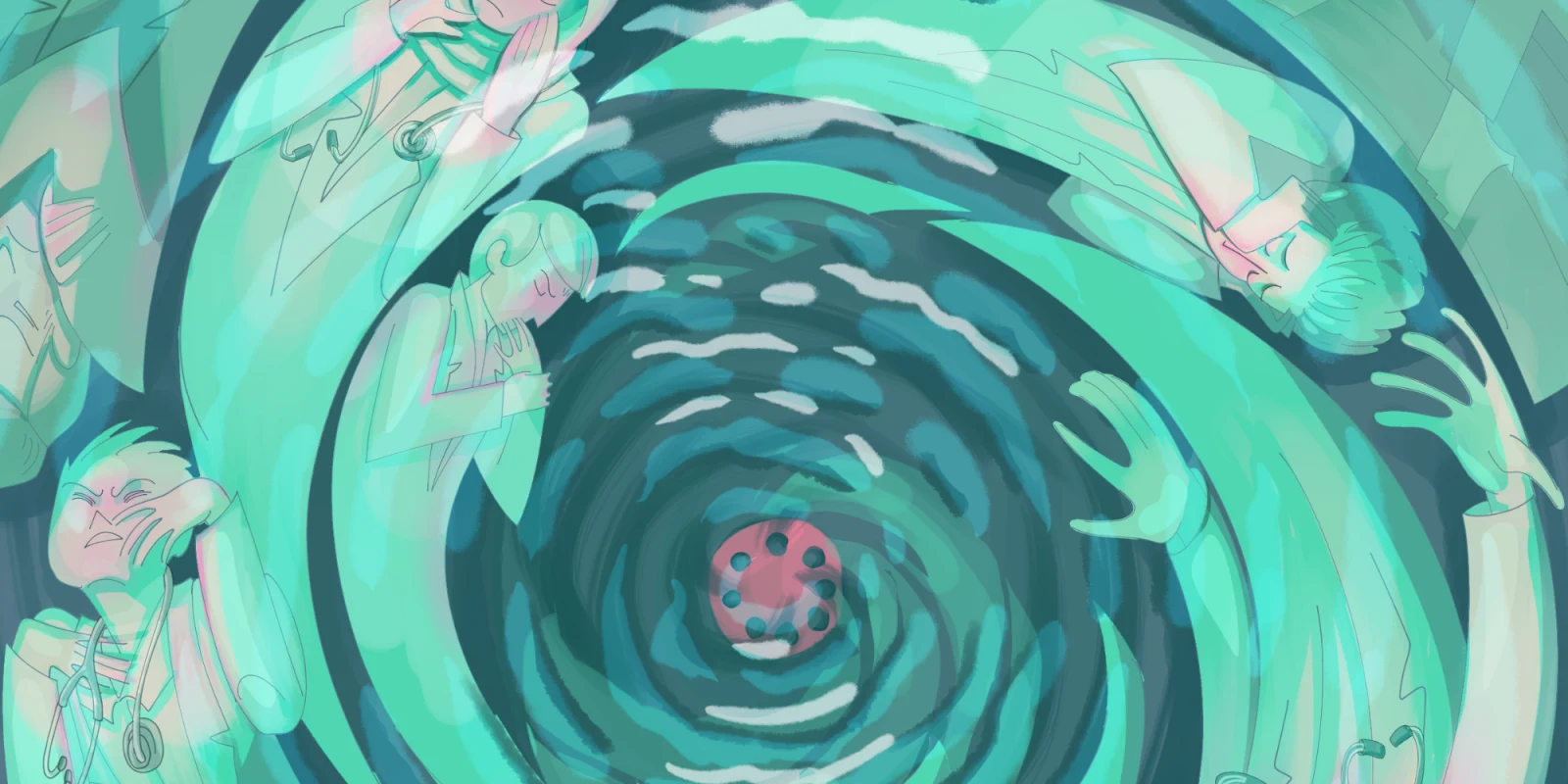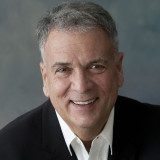 Over the last few weeks I’ve been coming across a new term. Maybe you’ve see it.
Over the last few weeks I’ve been coming across a new term. Maybe you’ve see it.
“Vital Exhaustion.”
It appears that if orange is the new black, then vital exhaustion is the new burnout. Which means we somehow allowed ourselves to get burned out by, you guessed it, burnout.
It’s OK – burnout was never really a great descriptor for what modern — and especially corporate — medicine is doing to good doctors and other health professionals. In the mind’s eye it conjures up a smoking hulk or a charred shell of something barely recognizable like, as a famous New Jersey songwriter put it, the skeleton frames of burned out Chevrolets.
And think about what we now know about the effects of this Vital Exhaustion on ourselves – increased rates of depression, suicide, substance abuse, even MVAs — a Litany of Sorrows that gets even worse if you’re a woman. Forget the slings and arrows of outrageous fortune; these are stone-cold killers we’re talking about. And our indoctrinated response for so long has been, “Thank you, Sir. May I have another?”
Why did we let this happen?
To quote Walt Kelley’s "Pogo": “We have met the enemy and he is us.”
Perhaps not “us” in the usual sense, but those things within us that drive us to pursue healing as a calling and a career in the first place. Overachievement, altruism, kindness, a genuine desire to do good, and a willingness to sacrifice just to have the chance to improve the lives of others and feel the satisfaction that it brings. And let’s be honest, to make a good living and provide for our families. But I’d make the case that the dedicated physician also makes the perfect patsy. Programmed to never say no, encouraged (you know it’s true) to work beyond normal limits and capabilities and chastised for complaining; to be too often embarrassed and not infrequently resented for the fact that we’re paid well for a job exquisitely few people can do and responsibilities even fewer would be willing to shoulder.
So when did we become our own worst enemy?
When we failed to start saying, “That’s enough.”
That’s enough call; that’s enough cases; that’s enough patients scheduled in one day; that’s enough of our time wasted on EMR; enough taking orders from people with far less education, expertise, and experience; enough Dashboard Reports on our “performance” from CMOs whose career goals involve being as far away from patients as possible; enough being treated as though “we are what we RVU;” and enough being told we’re merely providers.
Enough.
In a long career, I came across only a handful of colleagues who I was certain didn’t like medicine, didn’t like patients, and pretty much didn’t like people in general. But only a handful. The hundreds of others I trained with, worked with, and taught all had the spark, the drive, the heart, and the will to be wonderful and caring physicians. So how does it still manage to suck the life out of so many us? How does it exhaust our vitality? How does the thing we love to do end up hurting us? After all, it’s not exactly BASE jumping or Himalayan mountaineering.
Medicine is not really a business but it certainly has a business component. A successful business model always mirrors its product. Except in health care. Practitioners have been shunted aside by swarms of specialized accountants to whom patients are an abstract, a financial pro forma, and who lack any experience in actual patient care. Is it any wonder things function so poorly? Imagine an auto company run by executives who’ve never driven a car or an airplane designed by MBAs with no grasp of aerodynamics.
Welcome to health care.
It is interesting to consider that there is not a naturally occurring straight line or even a true right angle to be found anywhere in the human body. Yet look at what administrators send you every day – org charts, performance reviews, care pathways and the dreaded multi-page spreadsheets – nothing but straight lines and right angles, rows and columns, squares and grids, plusses and minuses, profits and losses, all of it strictly two-dimensional. Realize that this reflects their view of the world, their education, their training, and their thought process. We are the ones trained to analyze the articulations, compensate for the curvatures, and suss out the synergies. And we don’t even need special lenses to see it in 3D. Physicians are better at health care leadership because they are better at health care.
We need practicing physicians involved and leading at every level, especially the corporate. Do we need professionals with business education and acumen to help us navigate the intricacies of finance and reimbursement? Of course we do. But the leadership culture of so many health care organizations today often seems more suited to a bank, an investment firm, or maybe even a hedge fund.
Want to start fixing health care and put a speed bump on the road to Vital Exhaustion?
First – say “enough.” Then get involved. Run for office. Make some noise. Irritate some higher-ups. Serve or encourage your respected physician peers to serve as true clinical leaders and patient advocates, not corporate lackeys. Demand that C-Suite administrators come from the practicing ranks of your institution and that their qualifications extend beyond a willingness to tow the line and cash the check. Let's be shepherds instead of sheep. We don’t need every physician at once to make it happen.
We just need enough.
Daniel Waters, DO, MA recently retired from active practice after three decades in cardiothoracic surgery and medical education. Dr. Waters is a 2019-2020 Doximity Fellow.
Illustration by April Brust







